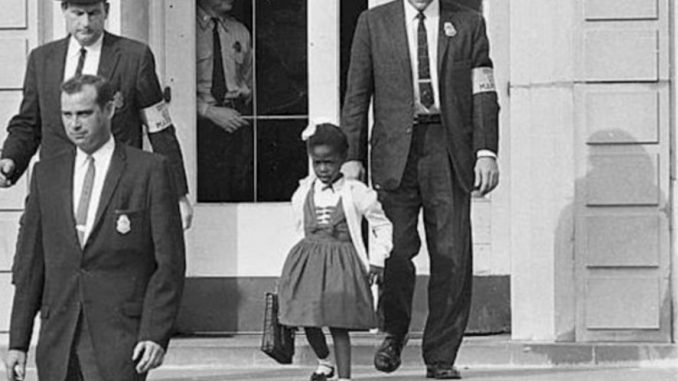
At a time when America was starting to break down the segregation policies in its institutions, a young girl would face the brunt of being the first black child to attend an all-white school.
Her name is Ruby Bridges and she was just six years old at the time.
Bridges, born in September 1954, was the first child of Abon and Lucille Bridges. A few months after her birth, a lawsuit to desegregate the school system in America was decided. The court ruled that it was unconstitutional for schools to be segregated.
Bridges’ parents were among the African-American families that responded to a request by the National Association for the Advancement of Colored People (NAACP) and allowed her to volunteer in the integration program.
It is reported that the test was made to be quite difficult so that black children fail and segregation could last a little longer. This plan was thwarted when Bridges and five others passed the test, allowing her to attend the William Frantz Elementary School.
On the first day, Bridges and her mother were escorted to school with U.S. Marshals. Driving to school, they encounter crowds on the way, shouting and screaming at them. According to Bridges in an interview:
Driving up I could see the crowd, but living in New Orleans, I actually thought it was Mardi Gras. There was a large crowd of people outside of the school. They were throwing things and shouting, and that sort of goes on in New Orleans at Mardi Gras.
Once in school, many white parents pulled out their children and all the teachers except one refused to teach with a black child in attendance. For a whole year, Bridges was taught by Barbara Henry, the only teacher who was not bothered by the presence of a black child in the school.
“There were days when they would come and they would bring a baby’s coffin, and inside that baby’s coffin was a black doll. And I used to have nightmares about the coffin,” Ruby said in an interview with CBS
The threats and the protests that followed was not the only thing Bridges and her family had to deal with. Her father was sacked from their jobs and her grandparents were turned out from their farm in Mississippi.
However, the local community was able to rise up for the Bridges family. Her father was offered a job by a neighbour; others babysat the other children and protected the house; and many others followed behind the marshalls’ car enroute to school.
After Bridges, many other black children were able to attend the school including her nieces. She graduated from a desegregated high school and become a prominent member of society.
Here are the photos of that historic day.
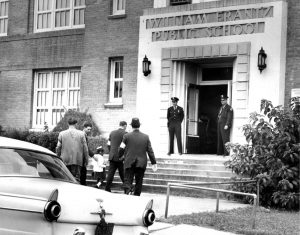
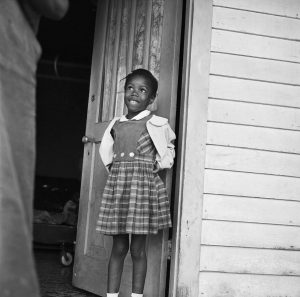
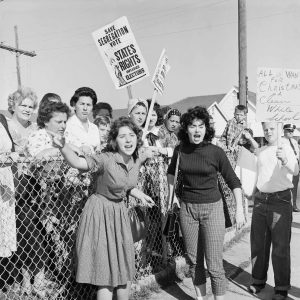
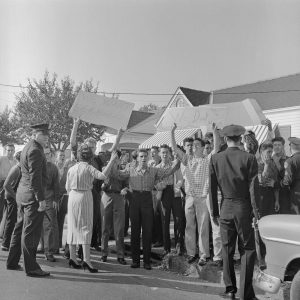
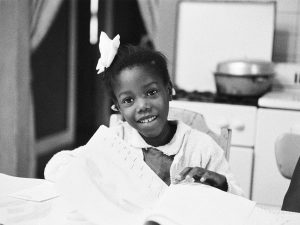
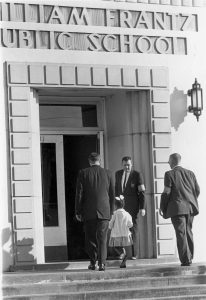
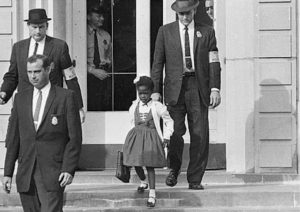
BY NDUTA WAWERU
Source
